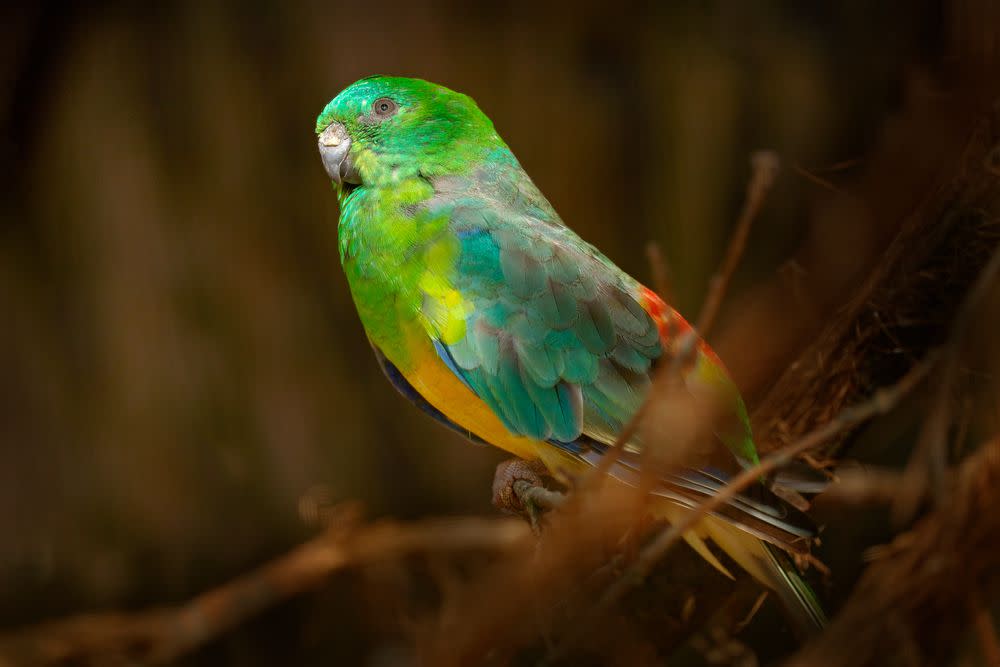Animals ‘shapeshift’ to adapt to climate change: study
Warm-blooded animals are subtly changing their features as they adapt to changing temperatures and habitats engendered by climate change, a new study has found.
These “shapeshifting” animals are “getting larger beaks, legs and ears to better regulate their body temperatures as the planet gets hotter,” a research team has found in a peer-reviewed study published this week in the journal Trends in Ecology and Evolution.

“A lot of the time when climate change is discussed in mainstream media, people are asking, ‘Can humans overcome this?’ or, ‘What technology can solve this?’ " bird researcher and lead author Sara Ryding of Deakin University in Australia said in a statement. “It’s high time we recognized that animals also have to adapt to these changes, but this is occurring over a far shorter timescale than would have occurred through most of evolutionary time. The climate change that we have created is heaping a whole lot of pressure on them, and while some species will adapt, others will not.”
To reach these conclusions, Ryding and her team reviewed studies over the years looking at more than 30 animals and found, for instance, that some Australian parrot species’ beak size had increased by 4% to 10% on average since 1871. The study authors also found that shrews and bats have increased their relative ear, tail, leg and wing sizes in tandem with warming.
Birds disperse heat with their beaks, and mammals use their ears, the researchers said, as well as tails and legs that aren’t fur-covered. Animals that can’t control their body temperature may overheat and die.
While it’s difficult to pinpoint an exact cause of the changes, the fact that they’ve been occurring across wide geographical regions and among a diverse array of species means about the only thing the phenomena have in common is climate change, the authors said.
“Shapeshifting does not mean that animals are coping with climate change and that all is fine,” Ryding told The Guardian. “It just means they are evolving to survive it – but we’re not sure what the other ecological consequences of these changes are, or indeed that all species are capable of changing and surviving.”
In addition, it’s not clear whether the changes will help the animals cope. It just means they’re trying.
“We also don’t know whether these shape-shifts actually aid in survival (and therefore are beneficial) or not,” Ryding told CNN. “This phenomenon of shape-shifting shouldn’t be seen as a positive, but rather it is alarming that climate change is pushing animals to evolve like this, under such a relatively short timeframe.”
